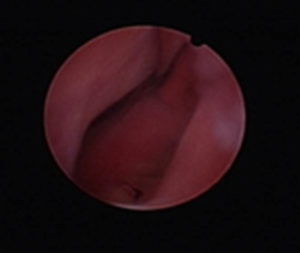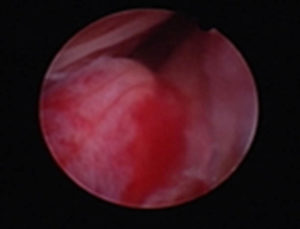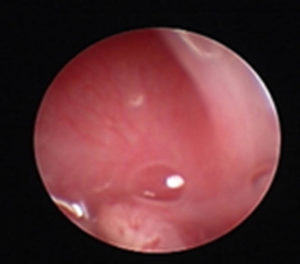Chronic Nasal Discharge in Rabbits: Not Just an Antibiotic Issue
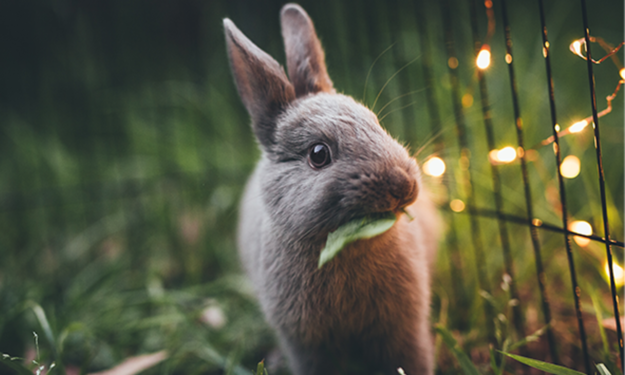
Veterinarians routinely working on rabbits will encounter a rabbit with chronic nasal congestion. There are numerous references to chronic Pasteurella infection leading to intermittent antibiotic use to control the infection. However, a good look at these cases reveals that this is not usually the case, and the causes for chronic nasal congestion are as diverse in rabbits as they are in most other species. With increased demand from clients to offer high quality medicine for their pets and the need for judicious use of antibiotics, this approach is not a good measure for standard of care. The underlying cause should be investigated so the correct treatment can be applied. This is especially true of rabbits, who are obligate nasal breathers and prey species that hide clinical signs.
This is not to say that there is no place for antibiotics, but the veterinarian should also consider physical irritants, viral and fungal infections, allergen exposure, dental disease, foreign bodies and neoplasia as differential diagnoses and devise treatment plans accordingly.
Starting with the history, look for clues that support one of these concerns:
- Recent introduction of a new animals that may introduce infection,
- Recent changes in diet that may have increased dust in the hay acting as a physical irritant,
- New cleaning products that may be acting as an allergen,
- Repeated dental concerns that may lead to the possibility of tooth roots affecting the sinuses.
If there is no fever, the discharge is not purulent and breathing is not adversely affected, then the proper treatment may be as simple as wetting down dusty hay or eliminating the use of a fabric softener used for the bedding.
In the event of antibiotic failure, repeated use should be considered contraindicated. At the least, future use should be based on culture and sensitivity results, but failure is often an indication of an underlying concern that should be investigated. An initial workup should include basic bloodwork to look for support of infection, and skull radiographs to evaluate tooth roots and sinuses. In some cases, a good culture sample can be obtained with mild sedation using a very small volume of saline to flush and aspirate fluid using an IV catheter to get into the nasal cavity. A head-down position is recommended to protect the airway. Indication of a good sample is a monoculture by comparison to a culture that shows numerous bacteria (usually contamination). A trial of diphenhydramine and further evaluation of the history and environment is also a good idea. Treat any dental overgrowth.
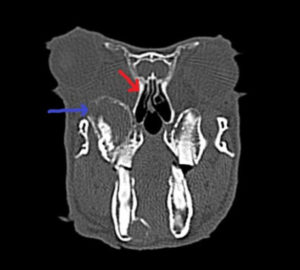
Dental abscess (blue arrow) that resulted in compression of the sinus (red arrow). There is also exophthalmos in this case.
In cases that show repeated resistance to all of these treatments, advanced diagnostics are indicated, especially in cases of unilateral purulent discharge. CT imaging can help more clearly define any tooth root concerns and identify specific problem areas in the sinuses. Following the CT, rhinoscopy can be used to directly examine the problem areas identified. Biopsy samples can be obtained if indicated, and sometimes the underlying cause can be identified and treated at the same time. Foreign bodies may be removed during rhinoscopy and thick purulent material can be removed for culture and to allow better penetration of antibiotic medication. Fungal infection may be identified and can be treated with local and systemic antifungal medication. Masses may be debulked when biopsy samples are obtained. Even if the biopsy comes back with unpleasant results, it can offer closure to the owner.
Chronic nasal congestion in rabbits is a very common problem and can be very frustrating for the veterinarian and the owner. However, with proper case workup, many of the more frustrating cases can be resolved and the quality of life for the rabbit (and owner) can be improved.
